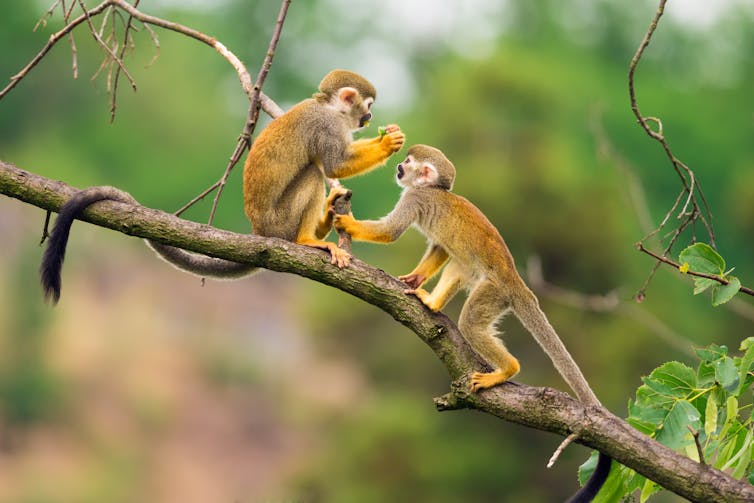Hey everyone!! For this week's post, I wanted to debunk some myths that some of us are told about nature. I am excited to research this because I know there are probably things I think are true but aren't.
1. If you lick a banana slug, your tongue will go numb. True or False? (Take a guess!)
True!
I do not recommend trying this, but licking a banana slug will make your mouth and throat numb! It's the slime on the slug that has this effect. It is a defense mechanism so that when predators try a banana slug, their mouth will go numb and not eat it. This fact is so random, but I had no idea that this was true!
2. Bats can get tangled in your hair. True or False? (Take a guess!)
False
Bats use echolocation to get around. Echolocation is where the animals make sounds that will reflect off objects to navigate and get around. Bats have no interest in getting in your hair or touching you in any way at all. They may fly close to you, but only to look for insects, not attack to you.
3. When you pull on a lizard's tail, it will fall off. True or False? (Take a guess!)
True!
Another defense mechanism, lizards can voluntarily eject their tails. When a predator grabs the lizard by the tail, they can take off the tail easily, and the lizard can get away. Its tail also acts as a decoy, so the predator gets distracted or even thinks the tail is the lizard. This fact is not a sign to pull off a lizard's tail because it is very stressful for them, and it takes a long time to grow it back.
4. Porcupines can shoot their quills at predators. True or False? (Take a guess!)
False!
Porcupines do have quills and do use them in defense, but they cannot shoot them. When a porcupine feels the need, it can raise its quills and quickly let them loose into its predator, but to do this, the predator has to touch them.
Sources:
https://www.crittersquad.com/portfolio/banana-slugs-the-slimy-fruit-look-alike/
https://batwatch.ca/content/bat-myths
https://www.buzzfeed.com/jonmichaelpoff/animal-myths































